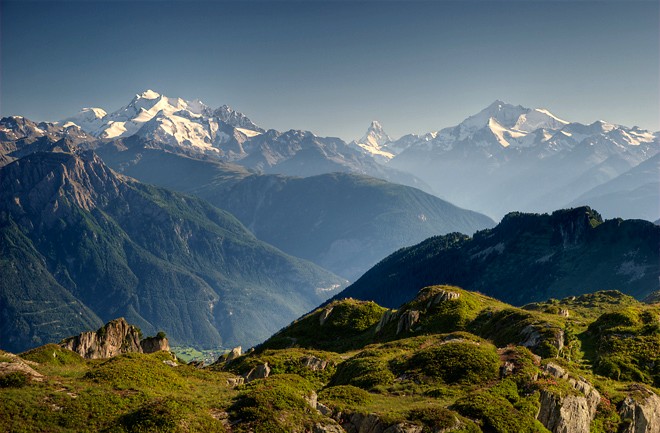England is made up of about 65% of the island of Great Britain as well as the Isle of Wight and the Isles of Scilly. England covers approximately 130 410 square kilometers or 50 356 square miles and has a population of just under 60 million people.
The capital of England is London.

In England there is a Thames River. Is the country's longest at 346 kilometers in length.

The Pennines Mountain Range is the oldest of its kind in England. This mountain range measures approximately 400 kilometers or 250 miles in length. The highest peak in all of England is Scafell Pike (Cumbria), at an amazing 3209 feet or 978 meters above sea level.

England.s climate is described as being .temperate maritime.. Winter temperatures seldom plummet below zero degrees Celsius, while summer highs can reach about 30 degrees Celsius. January and February are coldest and usually experience snowfall, while July is the hottest month. England is a relatively wet country due to its proximity to the Atlantic Ocean. This, in turn, has created a lush land of greenery and blooms.

Of the total land area of England, urban development makes up about 21%, crops and fallow land about 30%, grasses and grazing area 36%, other agricultural land 5% and forests about 8%.
The capital of England is London.
In England there is a Thames River. Is the country's longest at 346 kilometers in length.
The Pennines Mountain Range is the oldest of its kind in England. This mountain range measures approximately 400 kilometers or 250 miles in length. The highest peak in all of England is Scafell Pike (Cumbria), at an amazing 3209 feet or 978 meters above sea level.

England.s climate is described as being .temperate maritime.. Winter temperatures seldom plummet below zero degrees Celsius, while summer highs can reach about 30 degrees Celsius. January and February are coldest and usually experience snowfall, while July is the hottest month. England is a relatively wet country due to its proximity to the Atlantic Ocean. This, in turn, has created a lush land of greenery and blooms.
Of the total land area of England, urban development makes up about 21%, crops and fallow land about 30%, grasses and grazing area 36%, other agricultural land 5% and forests about 8%.
Комментариев нет:
Отправить комментарий